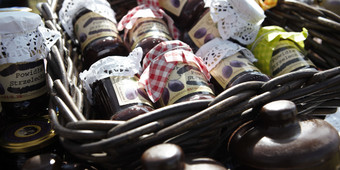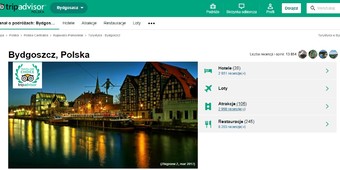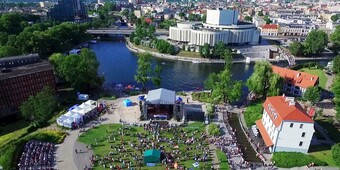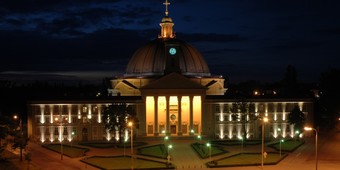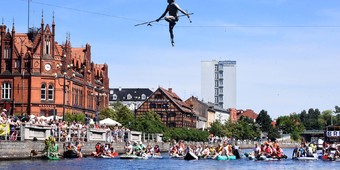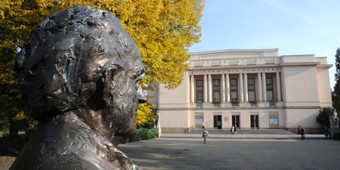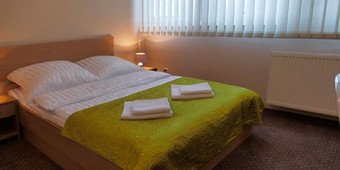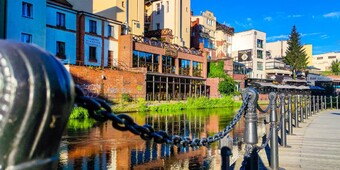Ostromecko Palace and Park
Description
About 17 km from the city centre of Bydgoszcz, towards Dąbrowa Chełmińska, is the Ostromecko Palace and Park (9 Bydgoska Street). The New Palace was erected in the classicist style in 1832-1849
(to the design of Karl Friedrich Schinkel’s studio), commissioned by the then owner of Ostromecko, Jakub Martin Schoenborn. The main building is joined from the south by a neo-baroque annex, featuring the Hunting Palace (1891-1892), and from the north – by the Ballroom added in 1905. These days, the building houses a restaurant with a hotel. In the west, the Palace is adjoined by vast terraces (ca. 1912), heading straight to a 19th-century garden, designed in the English style by garden architect Peter Joseph Lenné. Now we head towards the Old Palace, which is located far in the garden. The present structure dates from the mid-18th century, when the previous nobleman’s manor house was expanded by the Mostowski family. The palace, built in the Warsaw rococo style, features a collection of 18th- and 19thcentury pianos collected by a distinguished citizen of Bydgoszcz, Andrzej Szwalbe, whose
memorial chamber is in the building. The windows of the palace and the terrace outside the building offer a picturesque view of the Italian garden stretching below, as well as the Vistula and its old riverbed. The south-western part of the palace park features the mausoleum of the Schoenborn-Alvensleben family, the owners of Ostromecko for many years. The Palace and Park, administered by the city of Bydgoszcz,
is an important cultural and entertainment centre of the city and the entire region of Kujawsko-Pomorskie Voivodeship. The Municipal Centre for Culture in Bydgoszcz organizes numerous vernissages, exhibitions and music concerts in the palace. In the immediate proximity to the Ostromecko
Palace and Park, is the Parish Church of St. Nicholas, Stanislaus and John the Baptist. The place of worship was built in the Gothic style in 1630. The church tower dates from 1764, when it was rebuilt by the then owner of Ostromecko, Governor of Pomerania, Paweł Mostowski (his initials are seen on the flag of the church spire). The baroque interior features a Gothic statue of St Mary and Child, and a Pieta. In addition, Ostromecko has many other interesting sites that date from the period when the estate was the property of the Alvensleben family, including buildings of an old post office, hospital, stagecoach trading post, a railway station dating from the late 19th century, and a brickyard (these days, the premises of the old brickyard are occupied by the Mineral Water Production Plant). The first information
about the Ostromecko water dates from the 16th century. Extraction of mineral water from the local spring began in 1894. Until the outbreak of the First World War, the water from the Maria Spring was called Marien-Quelle. During the Second World War, the water from Ostromecko, produced
for the needs of the Wehrmacht, was sent to, among other places, Africa, where the Germans
fought fierce battles with the British.
Hotel:
At your disposal are 22 comfortable, stylishly decorated rooms at the New Palace. We offer space for 58 people. All the rooms are the same standard. Ten rooms facing north, south and twelve. Each room has a private bathroom, TV, radio and telephone, and refrigerator. Guests in rooms have free Internet access. In the Palace is a room for disabled people.
Check-in time from 15:00 to 11:00.
Pricing: 1-bedded room - 140 PLN 2-bedded room - 180 PLN 3-bedded room - 230 PLN extra bed - 50 PLN per person money with breakfast









